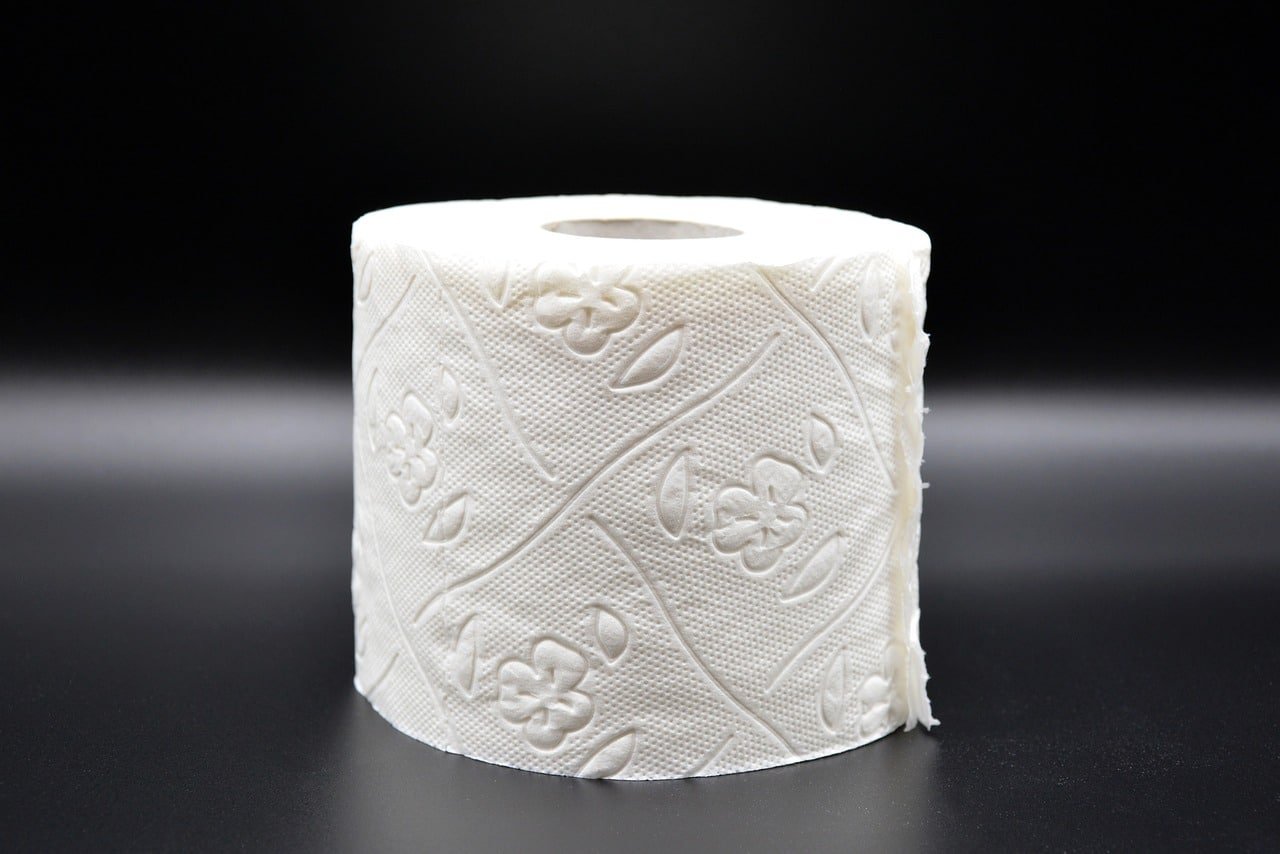Motorhomes offer an incredible sense of freedom and adventure, but one of the less glamorous aspects of Camper living is managing the onboard toilet system. Understanding how to properly empty a motorhome toilet is essential for maintaining hygiene and ensuring a hassle-free travel experience.
In this essential guide, we’ll walk you through everything you need to know from the components of your motorhome toilet to the best practices for emptying it like a pro. Whether you’re a full-time RVer or a weekend camper, these tips will help you keep your motorhome toilet in top-notch condition.

Key Takeaways
- Familiarize yourself with the components of your motorhome toilet for efficient emptying.
- Always prepare your equipment and location before starting the emptying process.
- Follow a detailed step-by-step guide to ensure a safe and hygienic emptying experience.
- Post-emptying, prioritize cleaning and maintenance to prolong the life of your toilet unit.
Understanding the Components of a Motorhome Toilet
When it comes to the convenience of travelling in a motorhome, understanding how to maintain essential systems is crucial. One such system is the motorhome toilet, which consists of several components that work together to provide a seamless waste disposal experience. At its core, a motorhome toilet typically includes a toilet bowl, a holding tank, a flushing mechanism, and a venting system.
To ensure that your motorhome stays hygienic and functional, knowing how do you empty a motorhome toilet is essential. The process usually involves locating a designated dump station, connecting a sewer hose to the tank outlet, or removing the cassette and ensuring that all waste is thoroughly disposed of. Regularly emptying and cleaning the toilet not only enhances your travel experience but also prevents unpleasant odors and clogs, making it a vital task for any Motorhome enthusiast.
What type of Toilet do you have?
Motorhomes come with different toilet systems, each requiring a unique method for waste disposal. Gravity flush toilets, commonly found in larger motorhomes, use a traditional black tank system where waste is flushed into a fixed tank and later emptied at a designated dump station using a sewer hose. Macerator toilets, on the other hand, grind waste into a slurry, making it easier to pump through smaller hoses. These can be emptied into a standard dump station or even a household toilet using a macerator pump.
For those looking for a more eco-friendly option, composting toilets separate solid and liquid waste, using natural materials like peat moss to break down solids. The liquid waste is typically disposed of in a grey water drain or public restroom, while solids can be sealed in a compostable bag and responsibly discarded. Portable chemical toilets (Porta-Potties) offer a compact, self-contained solution ideal for smaller motorhomes or campervans, with waste stored in a removable lower tank that must be emptied at chemical toilet disposal points.
Lastly, some campgrounds provide external sewer hookups, allowing motorhomes to connect directly to a sewer system, eliminating the need for black tank storage. Each system has its own advantages, and the best choice depends on your motorhome setup and travel needs.
Preparing for the Emptying Process
When it comes to enjoying life on the road in your motorhome, understanding the essentials of maintaining your vehicle, including waste management, is crucial. One common concern among new RV owners is, ‘how do you empty a motorhome toilet?’ Preparing for the emptying process involves a few simple steps that ensure both efficiency and hygiene. First, make sure to gather all necessary equipment, including a waste tank hose, a sewage dump station card, and gloves. It’s also best to locate a nearby dump station before you hit the road, which you can find in RV parks or along highways. Once you’ve identified your destination, ensure that your motorhome is parked close to the station to minimize mess.
Prior to emptying the toilet, check your tank levels and handle any necessary maintenance to ensure a smooth process. With these preparations in mind, you can confidently tackle the emptying process and keep your motorhome’s sanitation systems in top condition.
Apps to help find dumping stations include:
Park4Night
Campercontact
iOverlander
Flush – Google Play | iOS
‘The secret of getting ahead is getting started.’ – Mark Twain

Step-by-Step Guide to Emptying the Toilet
If you’ve ever wondered, ‘how do you empty a motorhome toilet?’ you’re in the right place. The process typically involves a few simple steps. First, ensure your motorhome is parked at a designated dumping station where it is legal and safe to do so. Gather your supplies: a waste hose, gloves, and a portable waste tank if needed. Next, locate the toilet waste valve, usually situated near the bottom of your motorhome, and be sure to release the valve cap carefully to avoid any spills. Attach the waste hose securely to the valve, and place the other end into the dump station’s receptacle. Then, slowly pull the valve lever to allow the contents to flow into the dump station. After emptying, close the valve and carefully remove the hose, making sure there are no drips.
Remember to clean the hose thoroughly before storing. Lastly, it’s a good idea to flush some water down the toilet to help clear any residual waste and keep your tank clean. By following these easy steps, you can confidently manage your motorhome toilet and ensure a pleasant camping experience.
Cassette Toilet
If your motorhome has a cassette toilet, the emptying process differs from a standard black tank system but is just as simple. Start by locating the external access hatch where the toilet cassette is stored, usually on the side of your motorhome. Unlock the compartment and carefully slide out the cassette using its handle—many models even have retractable handles and wheels for easier transport. Next, take the cassette to a designated chemical toilet disposal point, commonly found at campsites, service areas, or motorhome aires. Once there, open the pour spout cap and carefully tilt the cassette to empty the waste into the disposal drain.
Some models have an air pressure release button, which helps the waste flow out smoothly. After emptying, rinse the cassette with clean water, shake gently, and repeat if necessary to ensure thorough cleaning. Before reinserting the cassette, add toilet chemicals to help break down waste and reduce odors, and consider adding a small amount of fresh water to start. Finally, slide the cassette back into its compartment, making sure it locks securely, and clean up any spills. Always dispose of waste responsibly, using only designated dump points, and consider carrying a spare cassette if you plan to wild camp for extended periods.
Cleaning and Maintenance After Emptying
After successfully learning how to empty a motorhome toilet, the next crucial step is cleaning and maintenance to ensure optimal hygiene and functionality. First, use a specialized motorhome toilet cleaner or a mixture of vinegar and water to scrub the toilet bowl, removing any residual waste and odor. Pay attention to the seals and gaskets; using a gentle brush can help eliminate buildup without causing damage.
Empty the holding tank/cassette or porta potty completely and rinse it with clean water to prevent lingering smells and clogs. Always check the sensors and drainage valves, as they can accumulate grime over time. Regularly performing these cleaning tasks not only extends the life of your motorhome toilet but also enhances your overall camping experience by maintaining a fresh and sanitary environment.
Read more on Motorhoming here: Exploring the Expenses: How Much Does It Really Cost to Live in a Motorhome?




